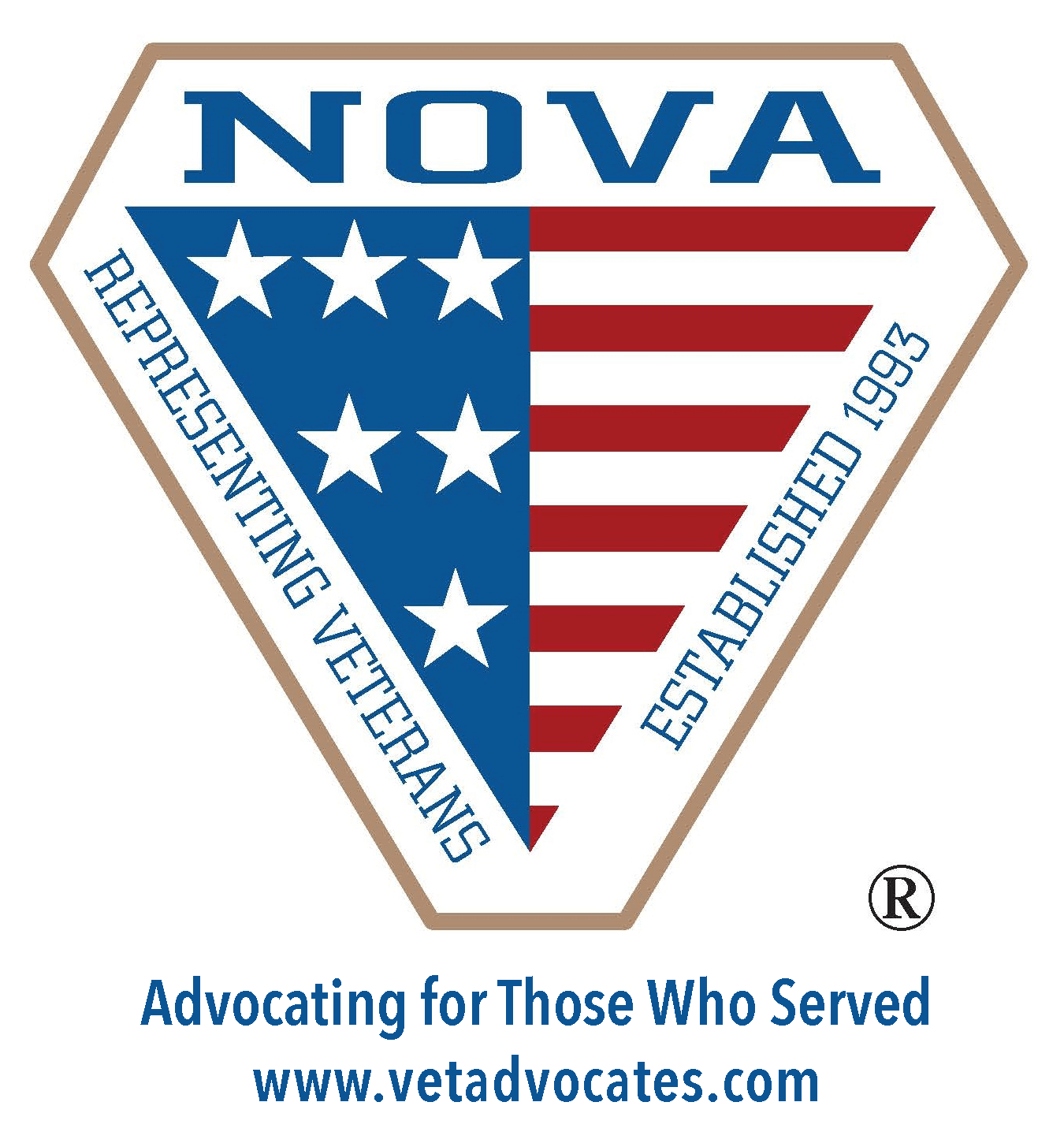VA disability compensation was created to ensure veterans returning home from service with new or worsened medical conditions could still support themselves and their families, regardless of illness or injury. In 2022, over 5.4 million veterans received VA disability compensation for their service-connected conditions. Among those millions of veterans, the average number of service-connected conditions was more than six per veteran.
Talk to Us About Your Claim:
(866) 232-5777
With the sheer volume of disability claims moving through the VA’s system each year, mistakes happen. The VA has denied benefits for conditions that are undoubtedly service connected or has given low ratings to obviously life-altering conditions. When this happens, veterans have the right to appeal and to seek outside help from professionals who are experienced with VA law and practices.
In this article, we will explain who is able to handle a VA claim or appeal on a veteran’s behalf and how much a VA disability attorney costs and can charge for their services. Knowing this information can help you find quality representation at the right price and avoid scams seeking to rob vets of their hard-earned benefits.
In this article about how much a VA disability attorney costs:
Who is able to handle your VA disability claim?
Veterans can represent themselves when filing and appealing a claim with the VA but may seek out professional assistance. The VA allows accredited representatives to help veterans with their VA disability compensation claims and appeals in accordance with the U.S. Code.
Accredited representatives can be:
- Attorneys
- VSOs (Veteran Service Officers at recognized organizations like the VFW or at local government agencies)
- Claims agents
These individuals must meet specific criteria to be considered “VA accredited.” Representatives must be “of good moral character and in good repute” as well as having the established “level of experience or specialized training.”
The VA requires accredited representatives to pass background checks as well as an exam and to regularly complete continuing education courses with new, up-to-date information including VA processes, policies, and law changes. VA-accredited attorneys cannot have been disbarred or suspended from any court, bar, or government-regulated agency.
Veterans looking for representation can use tools provided by the VA including their eBenefits account or the Office of General Counsel’s list. This searchable list allows you to enter a representative’s name and location to see if they are currently accredited. If they are, their name, contact information, and accreditation number should appear, like this:
Accredited representatives can handle a variety of types of benefits claims. All of the attorneys at Woods and Woods are accredited. We handle VA disability compensation and surviving spouse benefits (DIC) claims.
How much does a VA disability attorney cost?
The VA Secretary has determined the reasonableness of a fee an accredited VA lawyer can collect, and when a fee may be collected. This means a VA-accredited attorney cannot charge clients any amount they choose at any time.
First, attorneys and VSOs cannot charge a veteran for help filing an initial application for VA disability benefits. Federal law prohibits representatives from entering into a fee agreement for helping with an initial VA claim.
At Woods and Woods, sometimes we are able to help veterans file a VA disability application, and when we do it’s always free of charge. However, most veterans will wait to see if an initial claim is granted or denied before seeking representation from us or another accredited attorney, VSO, or claims agent.

Once you sign the VA form for “Appointment of Individual as Claimant’s Representative,” also known as VA Form 21-22a, you make a VA disability lawyer your power of attorney on the case. From that point, they may ask you to sign a fee agreement.
This fee agreement will vary from one attorney to the next. However, accredited lawyers for veterans benefits are not allowed to charge “unreasonable fees” for their services. U.S. Code establishes that a contingency fee that does not exceed 20% of past-due benefits shall be presumed as reasonable. On the other hand, a contingency fee that exceeds 33.33% of past-due benefits shall be presumed to be unreasonable.
That means a reasonable VA disability attorney cost is usually between 20% and 33.33% of any awarded past-due benefits they win in your case. Veterans should be able to keep between 66.66% and 80% of the past-due benefits their accredited attorney helps them win.
This is one of the many reasons it’s important to make sure your VA disability lawyer or other representation is accredited. Non-accredited individuals often charge unfair, excessive fees regardless of how helpful or comprehensive their services are for veterans.
How can I tell the difference between a VA-accredited attorney and scammers?
As explained above, the VA offers tools to help you find an accredited VA disability attorney, VSO, or claims agent. VA-accredited representatives will have an accreditation number and be searchable on the VA’s Office of General Counsel’s list.
However, many scammers have popped up in recent years and have drawn attention for deceptive and abusive practices. News reports have highlighted how unaccredited “coaches” have profited off veterans. These coaches may charge veterans for access to readily available information and convince them to sign unfair fee agreements.
“There are groups out there that claim to be experts and help veterans with their VA disability claims, but they are not accredited, they are not disability advocates, and they are not law firms, so they bill themselves as an alternative for veterans,” said VA disability lawyer Neil Woods. “They are claim sharks.”
These unaccredited organizations have also been the subject of bills in Congress. One example, the 2023 GUARD Act, would reinstate criminal penalties for anyone charging veterans unauthorized fees. Many state attorneys general also joined a coalition supporting the GUARD Act and calling for criminal penalties to be reinstated.
How to spot a VA scammer
Scammers are not held to the same codes of conduct that accredited representatives like Woods and Woods are. They do not need to be as familiar with VA law or take continuing learning courses to stay up-to-date on VA processes and policies. They can charge exorbitant amounts of money and then ask the vet to do almost all of the work themselves.
Other specific things to watch out for that can alert you to a scam include:
- They call themselves VA advocates, coaches, advisors, or consultants.
- They have a disclaimer on their website explaining they are not accredited.
- They ask you for the login to your VA benefits account.
- They offer confusing payment methods and fee agreements.
- They use words like “specialist” and “expert” to describe themselves. Lawyers are barred from using these terms or sharing our success rate.
- They talk about the percentage of cases they win, or their win rate.
- They charge you for forms and information that can be found online for free.
Finally, a VA legal representative should not ask you to send any of your future monthly benefits to them for months or years to pay for their services. Accredited representatives who follow the law will charge a percentage of your back pay.
“If you were injured while serving this country and are reading this review, I encourage you to contact Woods and Woods right away. They are always standing ready to assist veterans in need.”
How our VA disability lawyers can help
At Woods and Woods, we help veterans nationwide get the benefits they deserve. Our firm charges a percentage of your back pay plus case expenses, but only if we win your claim. Otherwise, you never pay us a dime. Call us today for a free consultation to see how we can help you.
Talk to Us About Your Claim:
(866) 232-5777
FREQUENTLY ASKED QUESTIONS
Yes. The Veterans’ Judicial Review Act of 1988 made it legal for attorneys to collect fees when they represent veterans in their VA claims.
No. VA-accredited attorneys are barred from charging “unreasonable” fees for representing veterans in VA claims. This is one reason it’s important to find an accredited attorney, VSO, or claims agent when seeking representation for your VA claim.

Neil Woods
VA disability lawyer
Woods and Woods
VA Accreditation Number: 44739



